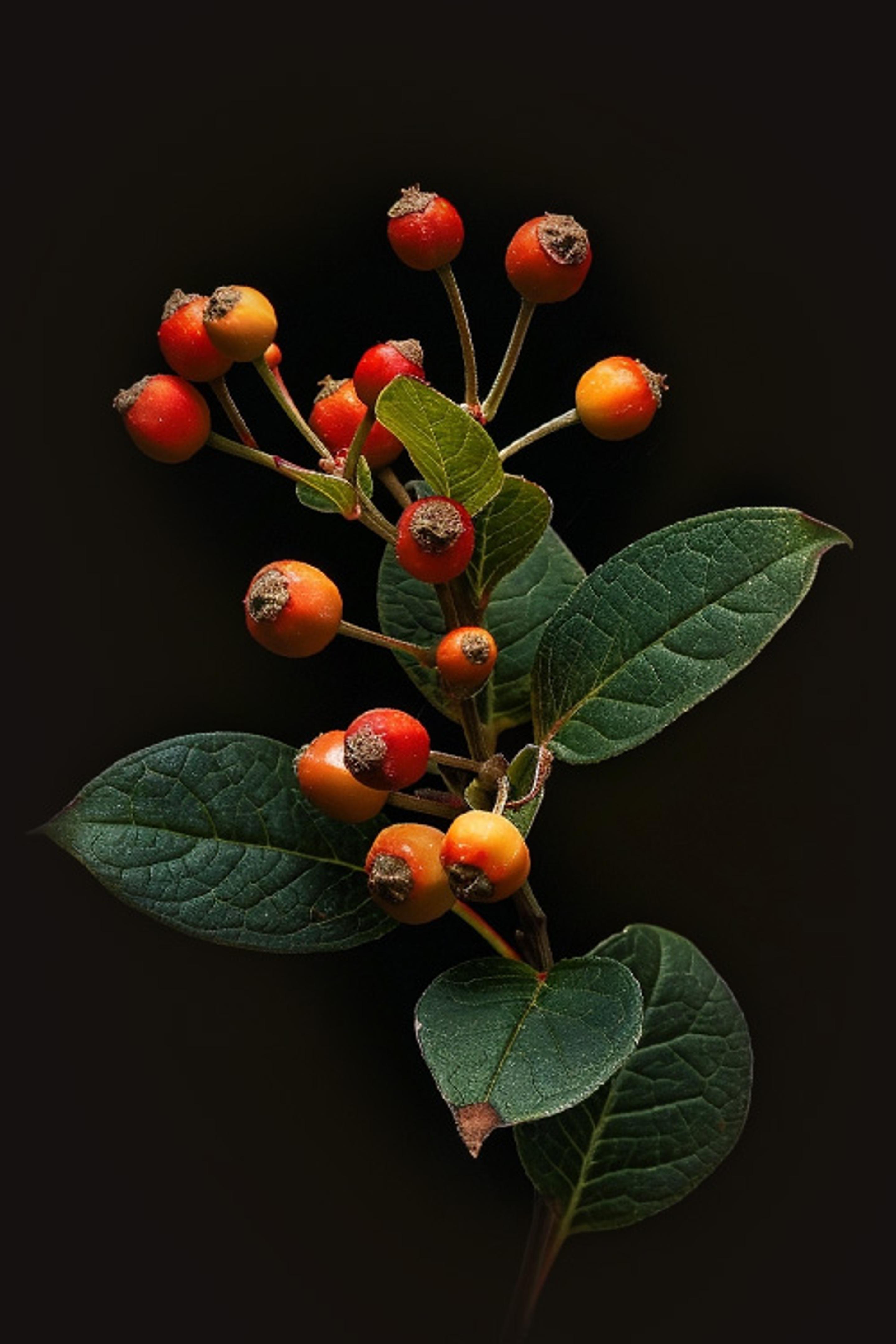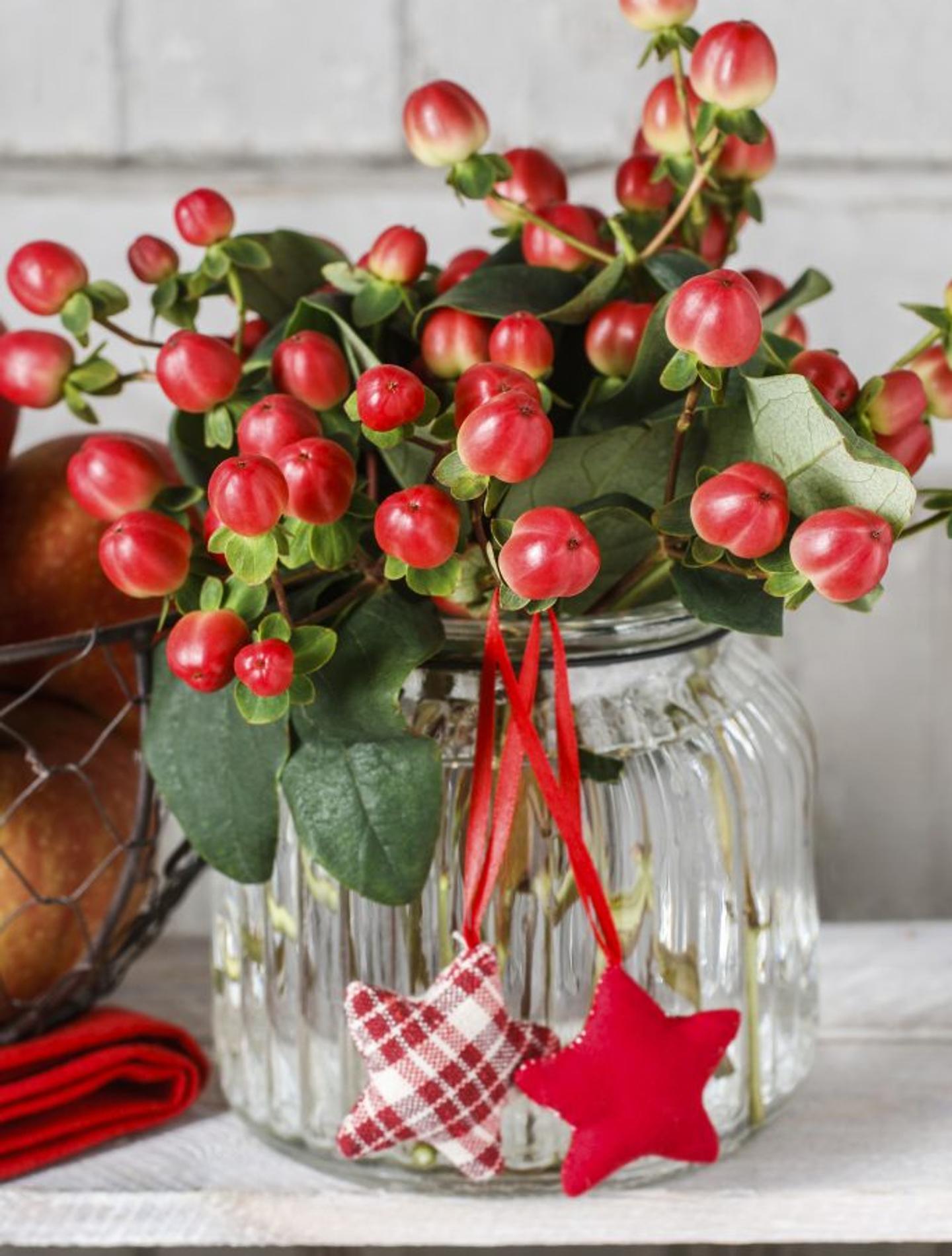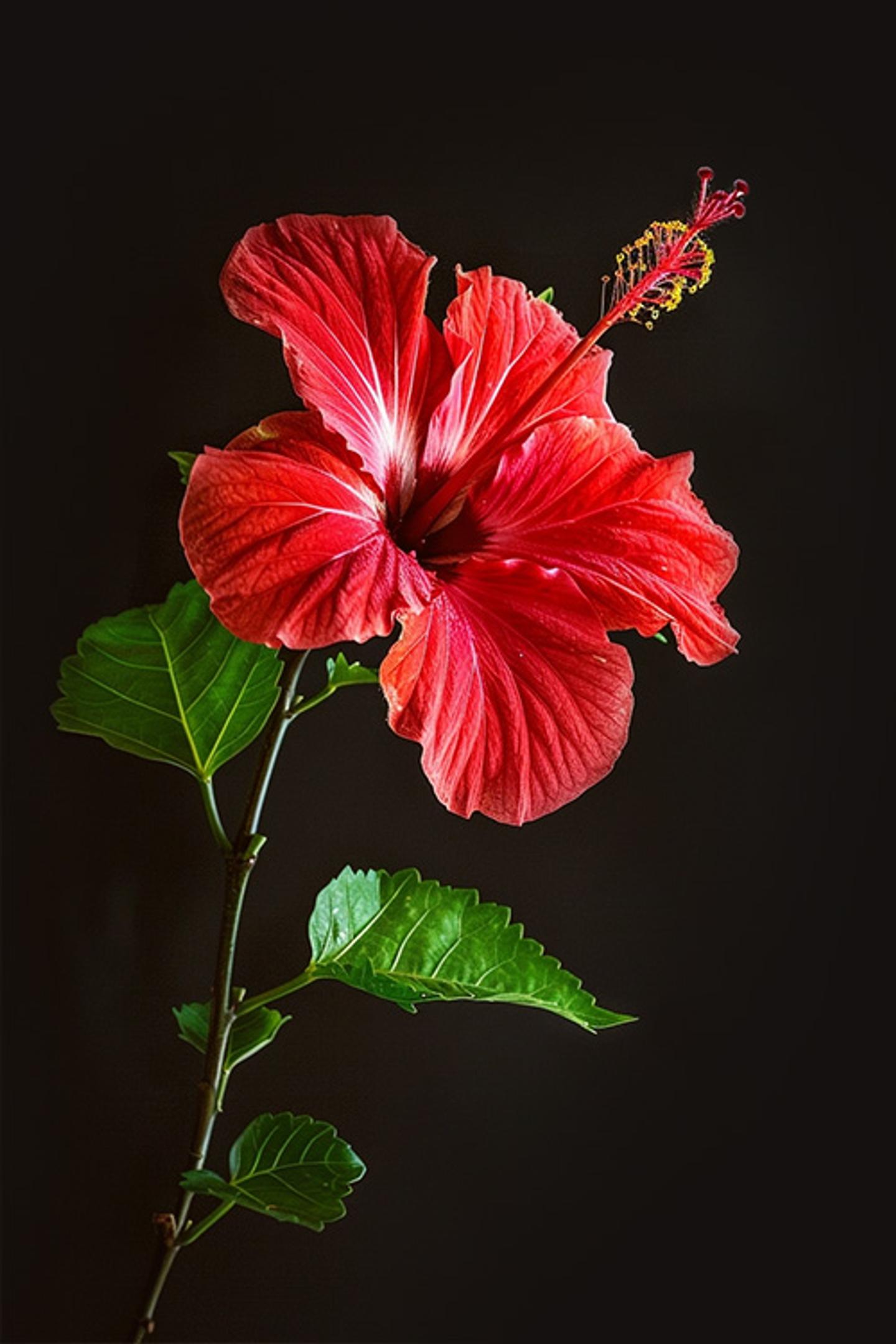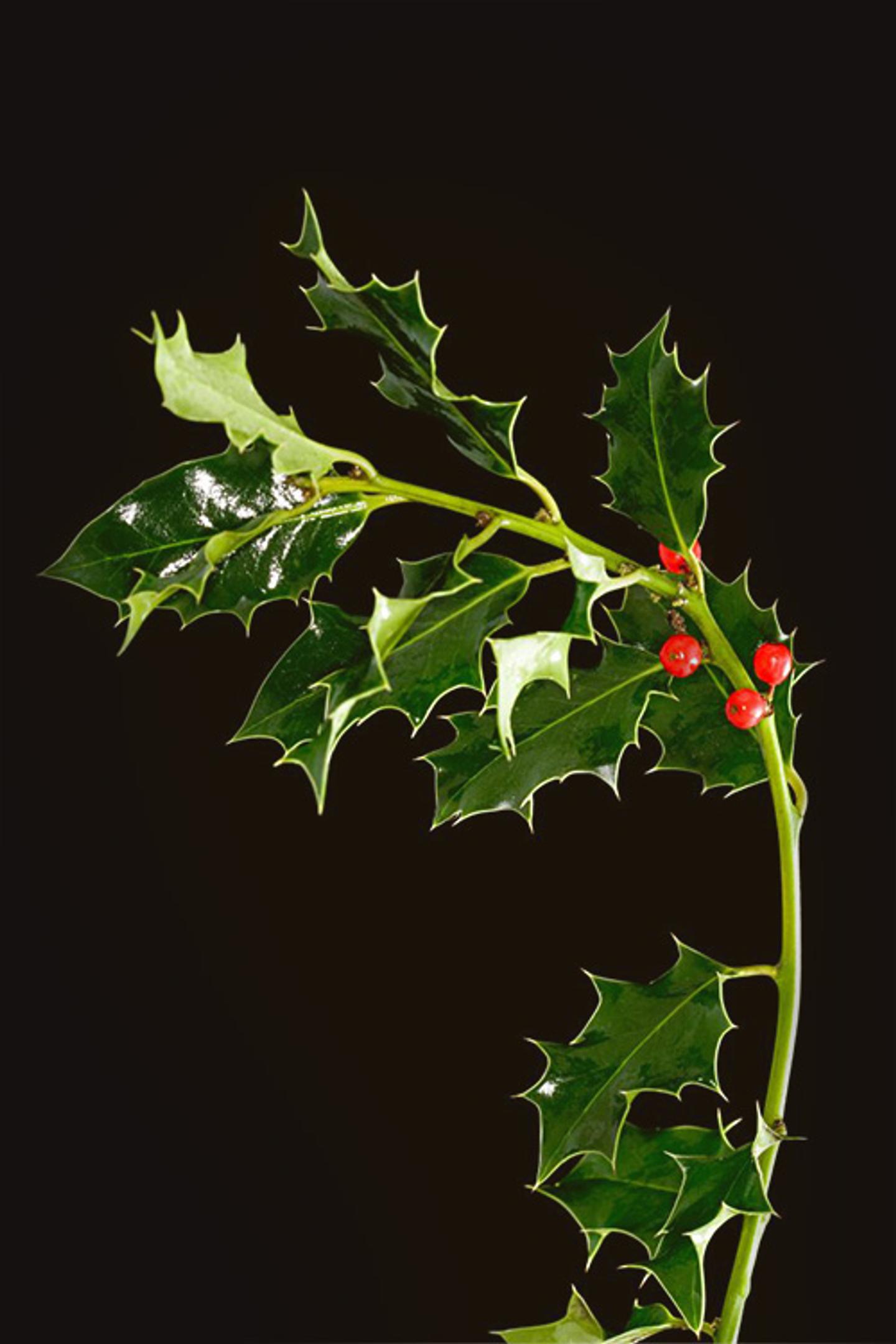Flower Meanings
Hypericum Berries


The Meaning of Hypericum
Hypericum’s genus name comes from the Greek word “hyper,” meaning “above” and “eikon,” meaning “picture.” This refers to the tradition of hanging plants over images, pictures, or windows.
Their common name “St. John’s Wort” refers to John the Baptist, as hypericums bloom around the time of the Feast of St. John the Baptist in late June. They were traditionally gathered and burned on midsummer’s eve—June 23rd—as protection against evil spirits. This date was later Christianized as the eve of the feast day of St. John the Baptist.
The term “wort” on the other hand, refers to the old English name for herb or plant. [1]
There is also a myth regarding the holes in the leaves of St. John Wort. Legend has it, the devil was so angry with God for giving such a valuable and healthy plant to the people of His kingdom, that he pierced (with a hair from his tail, yikes) all of the leaves on the plant. You can still see the holes if you hold a leaf of Hypericum perforatum up to the sun. [2]
What Does Hypericum Smell Like?
Sweet-amber, another common name for Hypericum, refers to its scent, which reminded early botanists of the perfume ingredient ambergris. [4]

"In the Victorian “Language of Flowers,” Hypericum symbolizes superstition. [4]"
The History of Hypericum
Hypericum is native to the Mediterranean region of Europe, northern Africa, and the Middle East. With hundreds of different varieties, these beautiful blooms/berries come in soo many different colors (making them perfect for any occasion). [2]
Hypericum has over a 400-year history and has been used throughout the centuries in gels, ointments, creams, sprays, and bath oils. Essentially, the crushed plant material (wet leaves, flowers, fruit) is mixed with vegetable oil, set in the sun, and allowed to ferment for several weeks.
In many regions, hypericum was used to treat bruises, burns, and superficial injuries. [3]
It’s also been used to treat nervous unrest. Another common name for hypericum is “Tutsan” which comes from the French word, “Toutesaine,” which means “all healthy.” [2]
DID YOU KNOW - Hypericum Fun Fact
The fruits and seeds of all Hypericum plants are considered toxic and will cause digestive distress if eaten. [4]

How to Grow Hypericum
- Your first order of business when planting hypericum berries in your garden is to find a spot that receives at least 6 hours of sunlight each day. These blooms can survive in less, but their berry production will be less.
- Plant multiple plants about 36 inches apart to provide good air circulation around each plant, particularly if you live in a more humid and warm climate.
- Be sure to plant hypericum in well-draining soil, as they are very susceptible to mildew.
- Pull any weeds and add in a 1-inch layer of compost over the planting area. Work the compost down about 5 inches to help enrich the soil and ensure it holds onto moisture.
- Plant your hypericum plants at the same depth as they are planted in their existing container and add water at the same time you are filling the soil back into the planting hole to avoid any air pockets around the roots.
- Water your plants deeply every 7 days until they’re established (after about 3 months). After this period, water about every 3 weeks and apply a standard garden fertilizer in early spring. [5]
DID YOU KNOW - Hypericum Fun Fact
The ancients also observed that, when cut, this plant “bleeds” a reddish sap just as a cut finger would. So the specific epithet, androsaemum, combines the Greek words “andro” (meaning man) and “haima” (meaning blood). [4]

How to Care for Hypericum
Alright, and now onto how you should care for your freshly cut berries!
- Whether you’re getting your hypericum berries fresh from the garden or wrapped in an elegant floral design, before moving to a vase, be sure to remove any foliage that will find itself submerged in water and recut your stems at an angle.
- Keep the water in your vase fresh, replacing every few days or when you begin to notice a bit of murkiness
- Keep away from cool drafts or hot, beating sun.
Overall, hypericum berries are relatively hardy and should last 1-2 weeks after cutting!
When to Give Hypericum as a Gift
Hypericum berries make the perfect gift for holidays like Christmas and Thanksgiving due to their festive colors. However, they also come in pink and white making them suitable for just about any occasion!

References:
- 1 - a to z flowers
- 2 - holex
- 3 - science direct
- 4 - flower style
- 5 - garden guides
- 6 - Wooden Shoe Tulip Farm
Flower Meanings — keep discovering

Hibiscus
The ultimate tropical bloom! Hibiscus is a genus of flowering plants in the mallow family, Malvaceae, and are native to warm subtropical and tropical regions around the world!

Holly
Have a holly jolly Christmas! With it’s shiny, prickly leaves and bright red berries, holly is undoubtedly a Christmas favorite. But that doesn’t mean we can’t enjoy them all year round!

Hyacinth
Ah, the sweet smelling loveliness of the hyacinth. We all know this beautiful bloom for its to-die-for light and airy fragrance we wish we could bottle up and wear as a perfume. But the hyacinth also has a jam-packed history and symbolism that is full of decadence and the tragedy of love.

Hydrangea
What are those giant bushes covered in perfumed blue and pink clusters of flowers? Why hydrangeas, of course! Just as popular in bridal bouquets as adorning your country home, these blooms are nothing if not versatile.

Hibiscus
The ultimate tropical bloom! Hibiscus is a genus of flowering plants in the mallow family, Malvaceae, and are native to warm subtropical and tropical regions around the world!

Holly
Have a holly jolly Christmas! With it’s shiny, prickly leaves and bright red berries, holly is undoubtedly a Christmas favorite. But that doesn’t mean we can’t enjoy them all year round!

Hyacinth
Ah, the sweet smelling loveliness of the hyacinth. We all know this beautiful bloom for its to-die-for light and airy fragrance we wish we could bottle up and wear as a perfume. But the hyacinth also has a jam-packed history and symbolism that is full of decadence and the tragedy of love.

Hydrangea
What are those giant bushes covered in perfumed blue and pink clusters of flowers? Why hydrangeas, of course! Just as popular in bridal bouquets as adorning your country home, these blooms are nothing if not versatile.
Ready to send beautiful flowers?
Our guided experience helps you send a one-of-a-kind arrangement perfect for every occasion.
Send Flowers